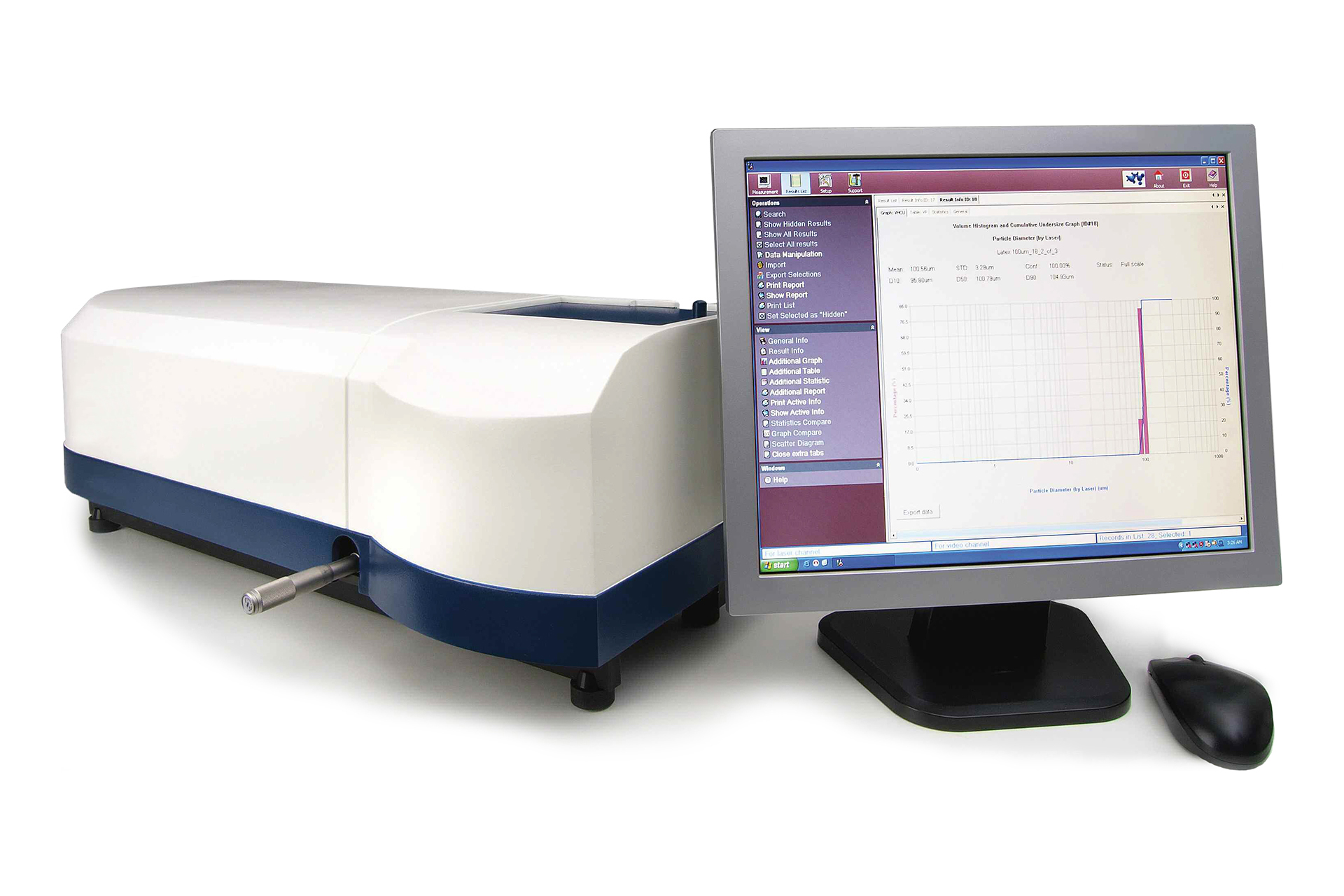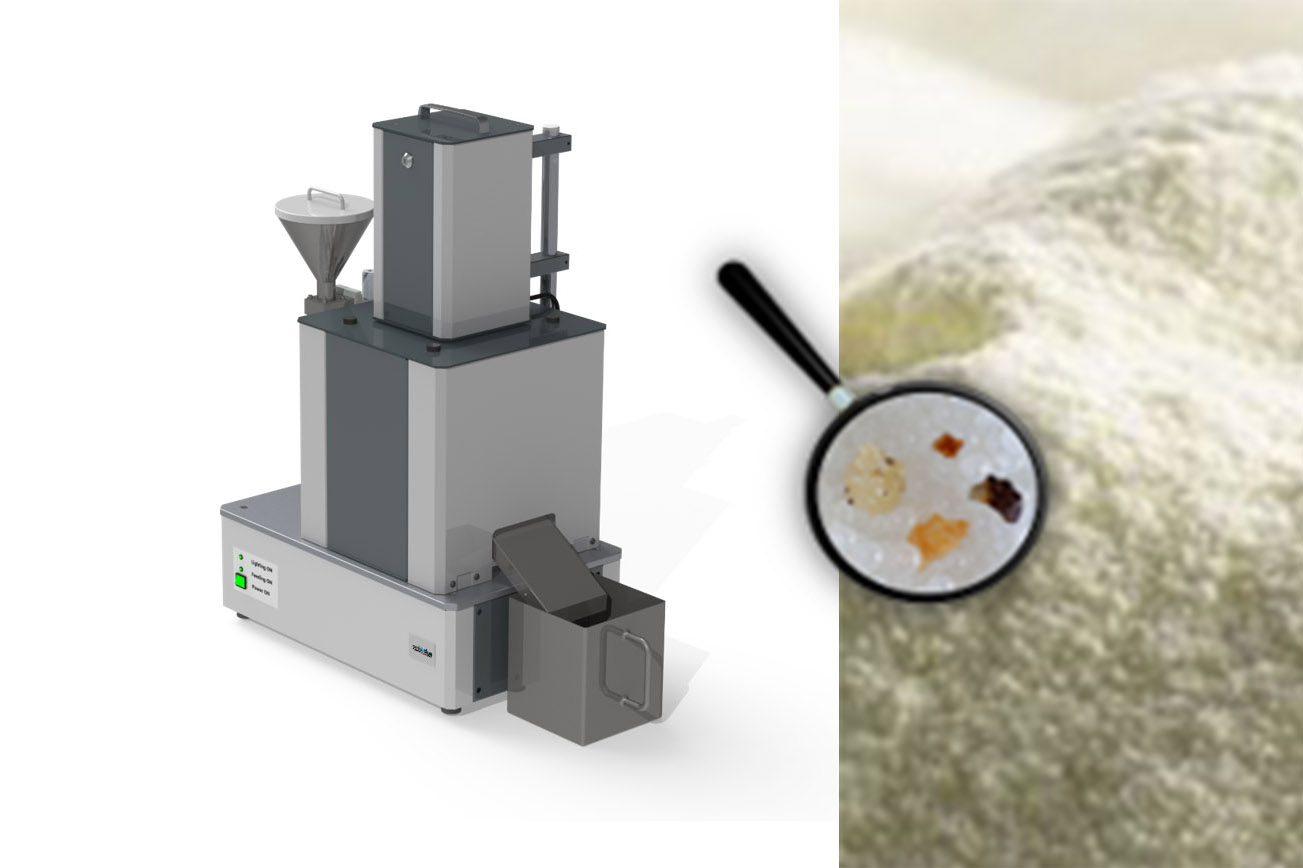Applications
Industrial Applications for the EyeTech™ Particle Size and Shape Analyser can be found here.
The applications presented in this series showcase the remarkable flexibility of the EyeTech. These applications illustrate how the EyeTech brings size, shape, and concentration data together to form a comprehensive blue print of the particle system.
These case studies prove that the EyeTech is capable of monitoring kinetic processes providing multi-dimensional data by jotting size against shape analyzing complex data to reveal secondary distributions within the distribution identifying individual particles in the distribution, by recalling a picture from the database providing standard volume and number distribution results.
General applications
Fibers
In this application the sample was contaminated by small fibers. An optical shape filter can be set to separate the distribution into fibers and non-fibers without physically separating or filtering t...he sample. An effective filter in this application would be the aspect ratio parameter, as fibrous particles have a low aspect ratio, typically below 0.3 which set them apart from the main body The EyeTech provides the exact fraction of fibrous particles in the sample through graphs and tables. This precise knowledge of the fraction of fibrous contaminants enables the monitoring of the production process.
Show less/moreFlocculation
Flocculation is a common technology used in waste water treatment processes. The process of flocculation is employed to separate suspended solids from water. As flocculation dynamics are a function of... both the floc's particle size, concentration and shape, the EyeTech's combination of laser and video analysis provides a complete solution for floc determination, be it for environmentally activated or for chemical flocs. The EyeTech provides all the information that is needed to perfect the flocculation process. Waste water flows into an aeration tank for the first step of treatment. In this step the finely dispersed solids (colloids) suspended in the waste water are stabilized by negative electric charges (cat-ions), causing them to repel each other. Chemicals such as Calcium are then mixed in to promote the aggregation of the suspended solids into particles (flocs) large enough to settle or be removed. The particle size and shape distribution of the flocs accurately reveals the effect of each step in the process. The floc data provide the means to control the mixing procedure that controls settling rates, and to gain maximum efficiency. The flocculation process is effected by small variations in factors such as temperature, pH values, dissolved oxygen levels, cat-ion concentration, shear rate, and sludge concentration to name a few. Researching each factor provides data for the modelling that is necessary for controlling the flocculation process. In this case study we looked at the influence of shear rate and cat-ion concentration on the flocculation process. In this study the EyeTech is used to model the flocculation process in a water treatment plant. The waste water is contained in a temperature, shear rate, dissolved oxygen concentration, and pH controlled vessel. At certain intervals a sample was drawn, and diluted with 0.45pm filtered effluent to be analyzed and quantified by the EyeTech. Experiments were run at different mixing intensities. This diagram shows floc number (flocs/ ml on y-axis) results over time (minutes on x-axis) from experiments at a mixing intensity of G=15S-1, G= 55S-1 and G=200S-1. Mechanical mixing is essential for an even distribution of flocculation agents. High mixing speeds provide high homogeneity but breaks up the flocs, while a low mixing intensity slows the flocculation process down as additives are not distributed evenly. In the first 10 minutes the sample showed a stable floc count. In the 10th minute mixing was started. High mixing intensity resulted in a significantly increased floc count, while low mixing intensity had little effect on the floc count. In the twentieth minute Calcium was added leading to rapid floc formation for all mixing intensity's, as shown in the steep decrease in floc count measured by the EyeTech's laser channel. The results show that calcium addition in combination with low mixing intensities creates the best flocculation conditions where flocs aggregate and settle more easily, while a high mixing speed has a significant deflocculating effect. The EyeTech also collects particle size distribution data. The black line shows the floc size distribution (number based) at the stable state (as established by the EyeTech's floc count data) created by a mixing intensity of G=55S-1. The graph shows a three-modal distribution with peaks around 15 micron, 100 micron and 1000 micron. When the mixing intensity is increased to G=200S-1 the particle size distribution (RED) shifts significantly (as clearly demonstrated when the scale is enlarged in the graph on the right). After Calcium addition (BLUE), the floc size returns to the original size for flocs sized around 100 micron. This shows that the addition of calcium virtually reverses the shear effects brought on by the high mixing intensity. Flocs that were originally sized around 1000 micron are, however, not reconstructed fully. This demonstrates that the larger flocs have the highest sensitivity to the shear forces created by high mixing intensity.
Show less/moreGrinder
Shown here are the results obtained by dynamic image analysis of the material before and after grinding. For each sample the size distribution has been set versus the aspect ratio. The resulting scatt...er gram relates size categories to shape types. In other words, the scatter gram shows in one glance how efficient the grinding process is, and what type of particles escape the grinding process. The large particles require great energy consumption as they remain inside the grinder until they are finally ground or mechanically removed. When we look at these large particles individually, we see that in this case they consist mostly of fibres. When these fibers are removed by ultrasonic sieving before entering the grinder, considerable energy can be conserved.
Show less/moreOverview
The EyeTech's unique combination of a laser and video channel presents application possibilities that are unequalled by other technologies. The two optical channels allow the user to gather various sa...mple information under the exact same analysis conditions; for example, concentration from the laser channel and size and shape information from the video channel. Complementing size results with shape results adds a second dimension to the particle size distribution data, samples of similar size might for example have strong variation in shape distribution. Shape and size related data by dynamic image analysis provides a wealth of data on each individual particle, this information can be displayed in scattergrams to examine a samples particle size versus particle shape trends. The shape filter also has the functionality of an optical filter, allowing the user to zoom in on specific fractions within the sample according to size or shape characteristics.
Show less/moreFibers width analysis
Typically fiber applications are analyzed by the EyeTech Shape Analyzer, as image analysis provides interesting 2 dimensional information about such parameters such as fiber length distribution and cu...rl index. Laser analysis is usually deemed unsuitable for fiber analysis as its 1 dimensional results are deemed more accurate for more regularly shaped particles. The EyeTech laser channel however has an interesting application for fibers as well. Particles that have a thickness of less than 10 micron are hard to characterize with high accuracy by image analysis, as the resolution of the shape channel may not be high enough for exacting quality control purposes. The width of the fibers can be measured by laser analysis with much higher resolution. How it works: During each analysis the laser beam has millions of interactions with the fibers. To measure fiber width correctly, the EyeTech has to distinguish between fiber width and length interactions. This is achieved by looking at the shape of the laser pulse. When the fiber is scanned perpendicularly (vertically), the rise and fall time of the laser pulse is very fast and approaches a 90° degree angle. When a particle is not hit perpendicularly (i.e. horizontally), the angle between the laser path and the fiber boundary is less than 90°, and the rise and fall times are longer. Only the pulses generated by the fiber width pass the threshold and are added to the size distribution. Therefore the size results will accurately characterize the width of the fibers. The fiber thickness of these thin fibers is more accurately measured by the laser channel, which has a higher resolution for the smaller size ranges. The EyeTech's rotating laser beam will only collect the scanning data of the fibers it scans in a perpendicular direction, thus precisely dissecting each fibers thickness. The success of the measurement is further aided by the specifically designed fiber measurement cell that brings the fibers in a perpendicular direction through laminar flow. This innovative approach provides rapid an reliable results, and is great improvement on manual microscopy methods.
Show less/moreGeneral applications
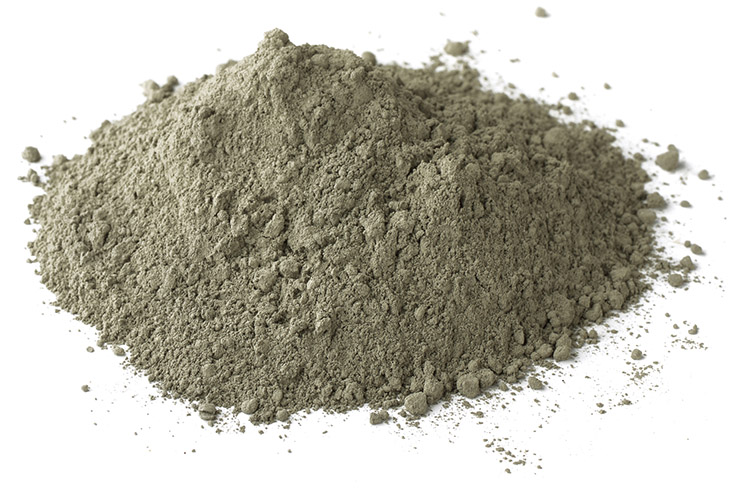
Cement
The EyeTech™ Particle Size and Shape Analyser is now seen as critical instrument for the determination of the quality of the cement. As finer particle size result in a greater surface area, cement m...anufactures control particle size. As the grinding and crushing process is very energy intensive, manufactures require accurate data from the EyeTech™ on the particle size of their product in order to be able to save time and energy, and not to grind too finely. Particle shape also affects cement properties. Cement that has been ground into particles of a more regular (spherical) shape has a lower surface area than cement that is irregularly shaped. Differences in particle surface area will lead to variations of water demand in batches of differently shaped cement. EyeTech™'s Particle shape analysis will further enable the understanding of the effect of different grinding aids and grinding time on particle shapes, and how these shapes are distributed with respect to size.
Show less/more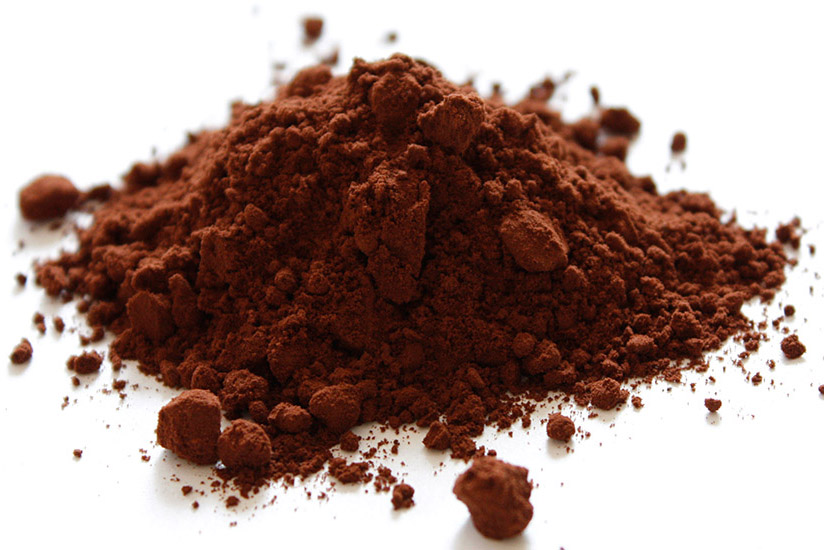
Ceramics
Particle Size and Shape are important parameters governing the material properties of ceramics. Optimizing ceramic powder size distribution enhances quality and saves raw material and time. As large p...articles pack inefficiently (leading to large pore size), poly-disperse ceramic powders are needed to fill pores to guarantee strength which requires an accurate high resolution particle sizing technique, as offered by the EyeTech™. In addition, particle size defines the time and temperature required to attain full density during sintering.
Show less/more
Chemicals, catalyst
In the Chemical industry particle sizing applications include granulation, milling, crystallization kinetics, and product formulation applications. The EyeTech™ Particle Size and Shape Analyzer is s...uitable for even the most demanding industry applications. Unlike many laser-based particle size instruments, the EyeTech™'s results are not dependent on optical properties of the particles which means the EyeTech™'s results for heterogeneous samples do not suffer from a margin of error normally associated with other laser-based methods. This makes the EyeTech™ apt for difficult applications such as the determination of dissolution kinetics of washing powders, and the simultaneous analysis of particle size and shape of composite material like dynamite.
Show less/more
Environmental and Soil applications
The EyeTech™ Particle Size and Shape analyzer is the only laser-based instrument available in the market that uses a sample independent analysis method, and is therefore very suitable for the comple...x samples typical for environmental applications such as soil, clay, flocs, and sediments. As the EyeTech™ requires no assumptions on the samples physical properties, mixed samples that traditionally presented problems to laser-based systems, can now be analyzed without wide error margins.
Show less/more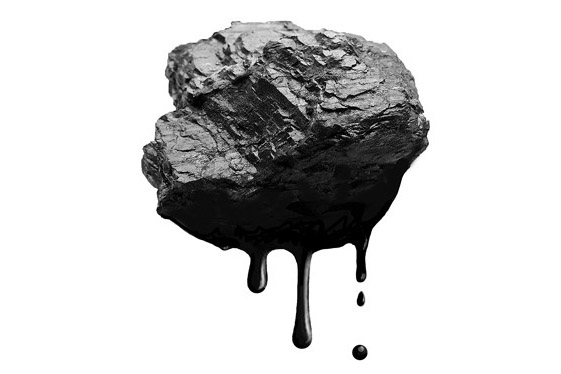
Energy + Hydro Fuel Technology
The EyeTech™ Particle Size and Shape Analyzer has applications in a number of energy applications ranging from coal slurry measurements for power plants, to coal gasification applications where coal... is transformed into liquid gas. Controlled particle size and shape lead to optimized production processes and subsequent cost savings. The EyeTech™ measurement method offers an assumption-free (for optical and physical characteristics) measurement, at lower dilution requirements, and with a higher resolution than other laser-based particle sizing systems.
Show less/more
Food products
The EyeTech™ is used in numerous food product particle sizing applications due to its obvious technical advantages in the analysis of the mixtures typically tested in this industry. The list of appl...ications is extensive and includes dairy products (milk and yogurt), powdered beverages (milk, coffee), flour, refined sugar, and chocolate. Particle size and shape are important parameters in this industry as they determine the taste, texture, colour, packing, and flowability of the final product.
Show less/more
Medical
The EyeTech™ Particle Size and Shape analyzer has pioneered some unique applications in the medical field. The EyeTech is used for the measurement of the size and shape of particle in the lungs by a... non-invasive method know as the induced sputum method. Where other laser-based methods fail due to the sputum samples uncertain optical properties (due to its unknown composition), the EyeTech™'s unique measurement principle allows for rapid determination of particles in lungs. The regular screening for the presence of particles in the lungs, and the size and shape distribution thereof, can give an early warning of serious health issues ahead and can guide decisions on permitting further exposure. The method has been successfully applied in the screening of dust exposure to firefighters in the aftermath of the 9/11 attack on the World Trade Center, and the screening of those working in dusty environments like mines and factories.The EyeTech™ is also used to study the particulate characteristics of cigarette smoke, as cigarette manufactures aim to minimize the amount of fine particulate that is inhaled into the lungs by smokers. In this application the EyeTech™ is hooked up to a smoking machine which circulates the smoke sample through the analyzer for size distribution and shape characterization measurements. Unlike other laser-based methods, the EyeTech™'s sophisticated measurement system operates without the need to input the particulates optical properties, making it especially suitable for heterogeneous smoke samples.
Show less/more
Paints, Pigments, Coating, Ink, Toner, Fillers
It is well known that Particle Size and Particle Shape are very important in the coating industry. Size and shape control a great many characteristics of the final product including hue strength, disp...ersability, stability, and viscosity. Traditionally, assumptions had to be made when using laser-based instruments (based on Fraunhofer or Mie theory) and complex samples and mixtures had to be analyzed as if they were homogenous. The EyeTech™ is the first laser-based system to make no assumptions on the samples physical properties, so that mixed samples can now be analyzed without a margin of error. Samples with a high absorption rate of laser light (such as toner ink and carbon black) pose no challenges to the EyeTech™. Dynamic shape analysis is relatively new to this industry and therefore the combination of a laser channel and a video channel offered by the EyeTech™ is particularly welcomed in this industry as it automates analysis that was often still done manually by microscope.
Show less/more
Pharmaceutical
The EyeTech™ Particle Size and Shape Analyzer is a powerful tool for pharmaceutical research and quality control applications. The EyeTech boasts a comprehensive range of measurement cells to suit d...ifferent type of applications, and provides a complete insight to the samples size and shape characteristics. Controlling these characteristics holds the key to developing new formulations and drug delivery systems. Typical issues such as small sample quantity, composite samples, unknown optical properties, transparent particles and irregularly shaped particles are no challenge for the EyeTech. The EyeTech™ is ideally suited for traditional Chinese medicine applications where little is known about the samples optical properties. The EyeTech™ analysis software is fully CFR 21 Part 11 compliant.
Show less/more
Water
The EyeTech™ Particle Size Analyzer has many advantages over other laser-based systems in the water and water treatment industry. The EyeTech™ is used to monitor filter bed efficiency in drinking ...water plants and is a standard instrument for flocculation studies The EyeTech™'s forerunner position in this industry is easily understood as the EyeTech is the only laser-based system that is suited to measure samples consisting of a mixture of different particles. The EyeTech™ is also used for the particle size analysis of activated carbon, a material that is widely used in water purification filters; activated carbonates strong light absorbing properties do not influence measurement results.
Show less/moreProducts
AmbiValue offers a wide range of product concerning particle analysis. Both wet and dry analysis can be done within our range of products to get the best possible particle size and shape analysis.
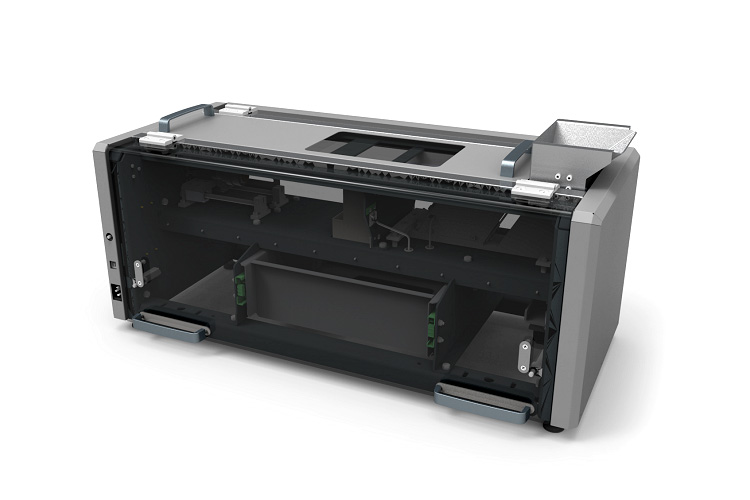
EyeTech™-Dry
Pellet size and shape analyser with multiple shape parameter for dry granules, pellets and powder samples
